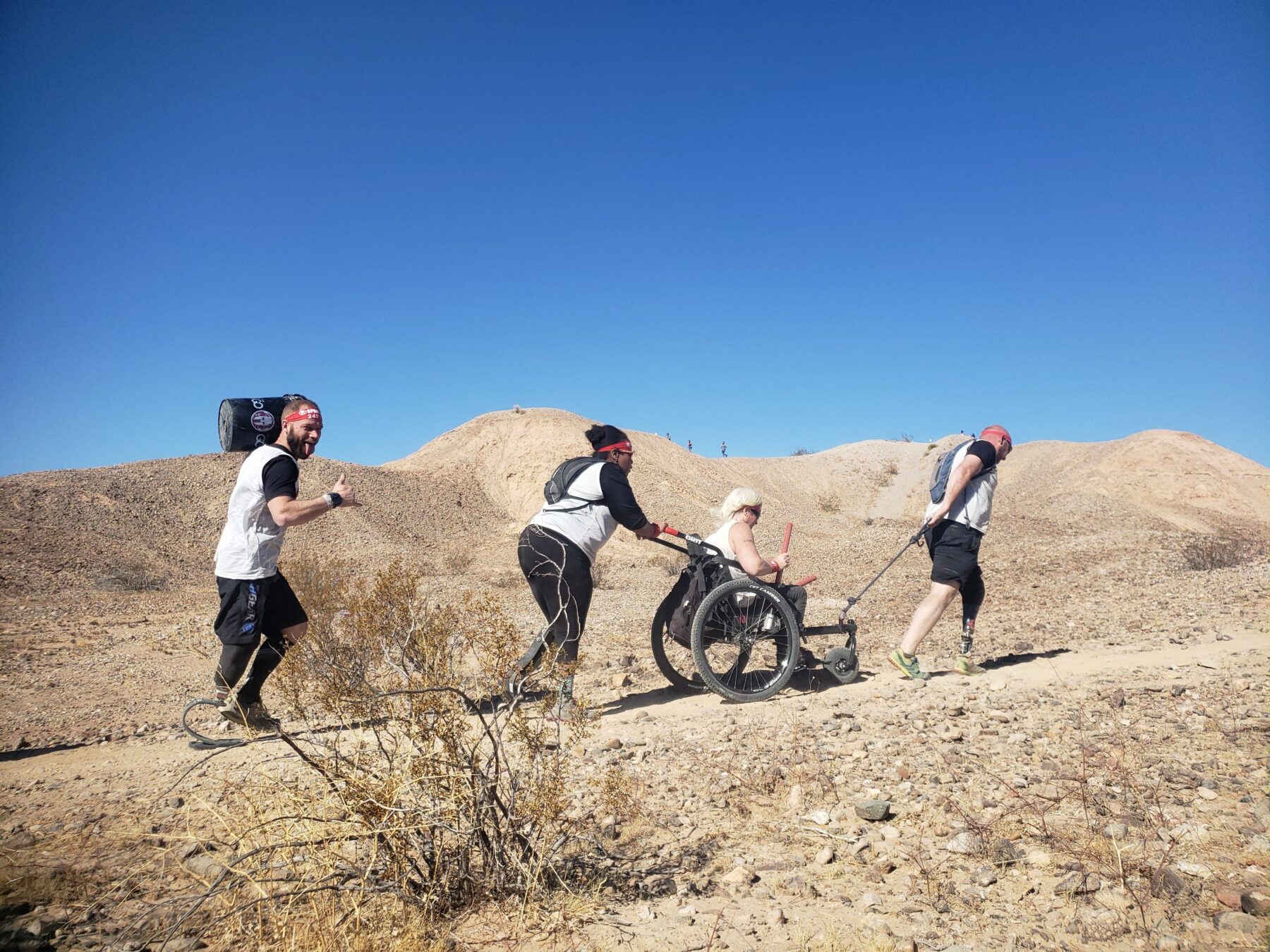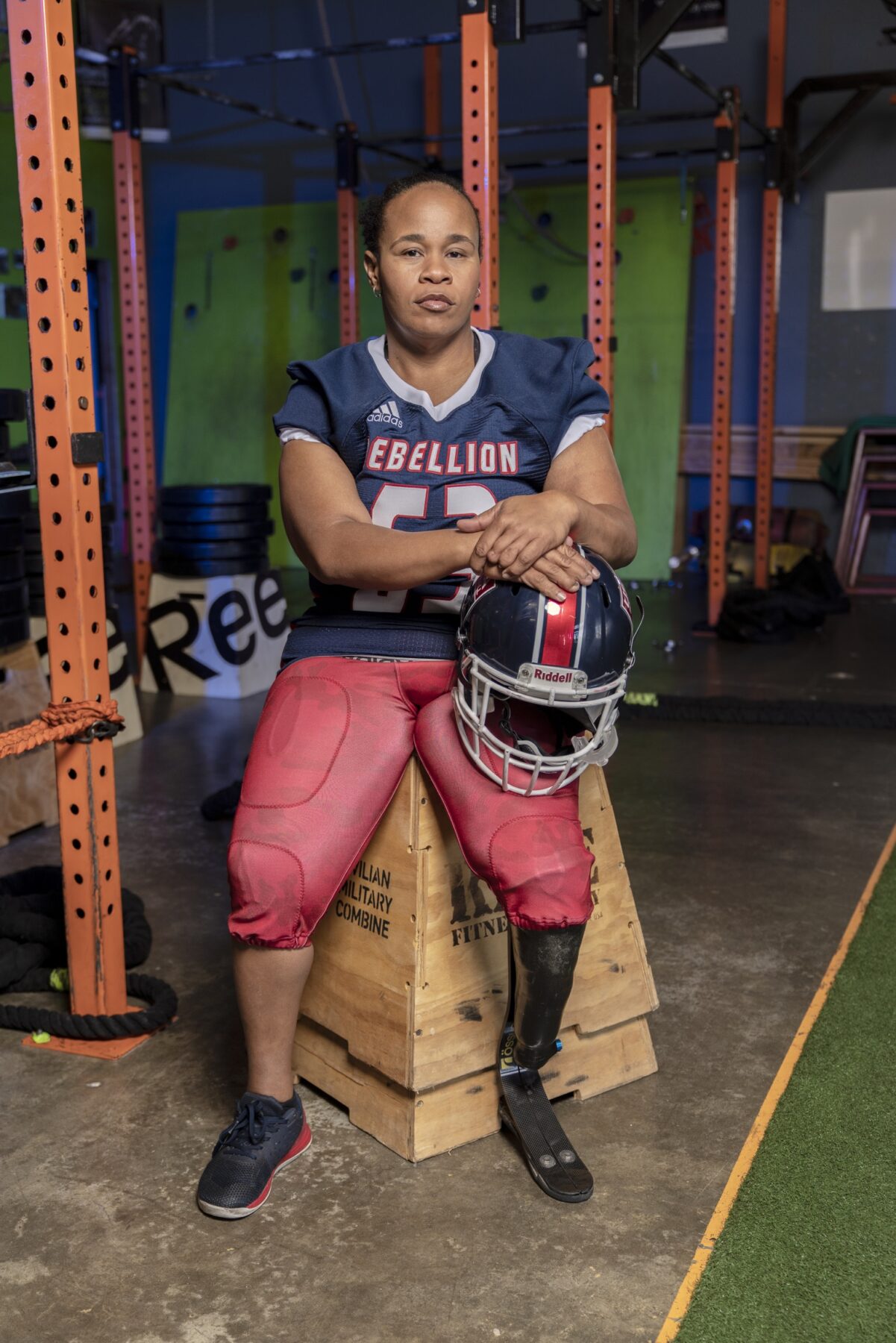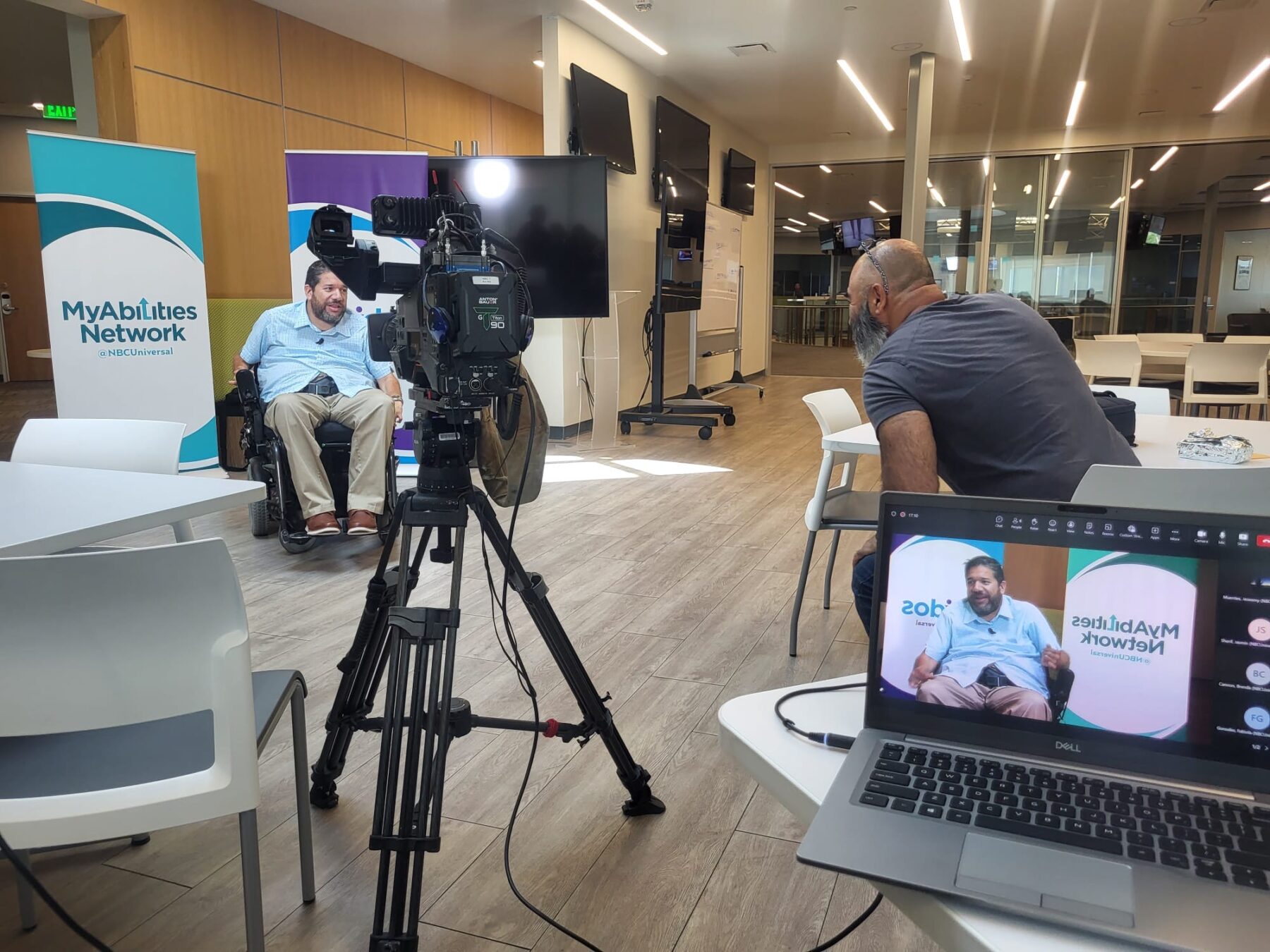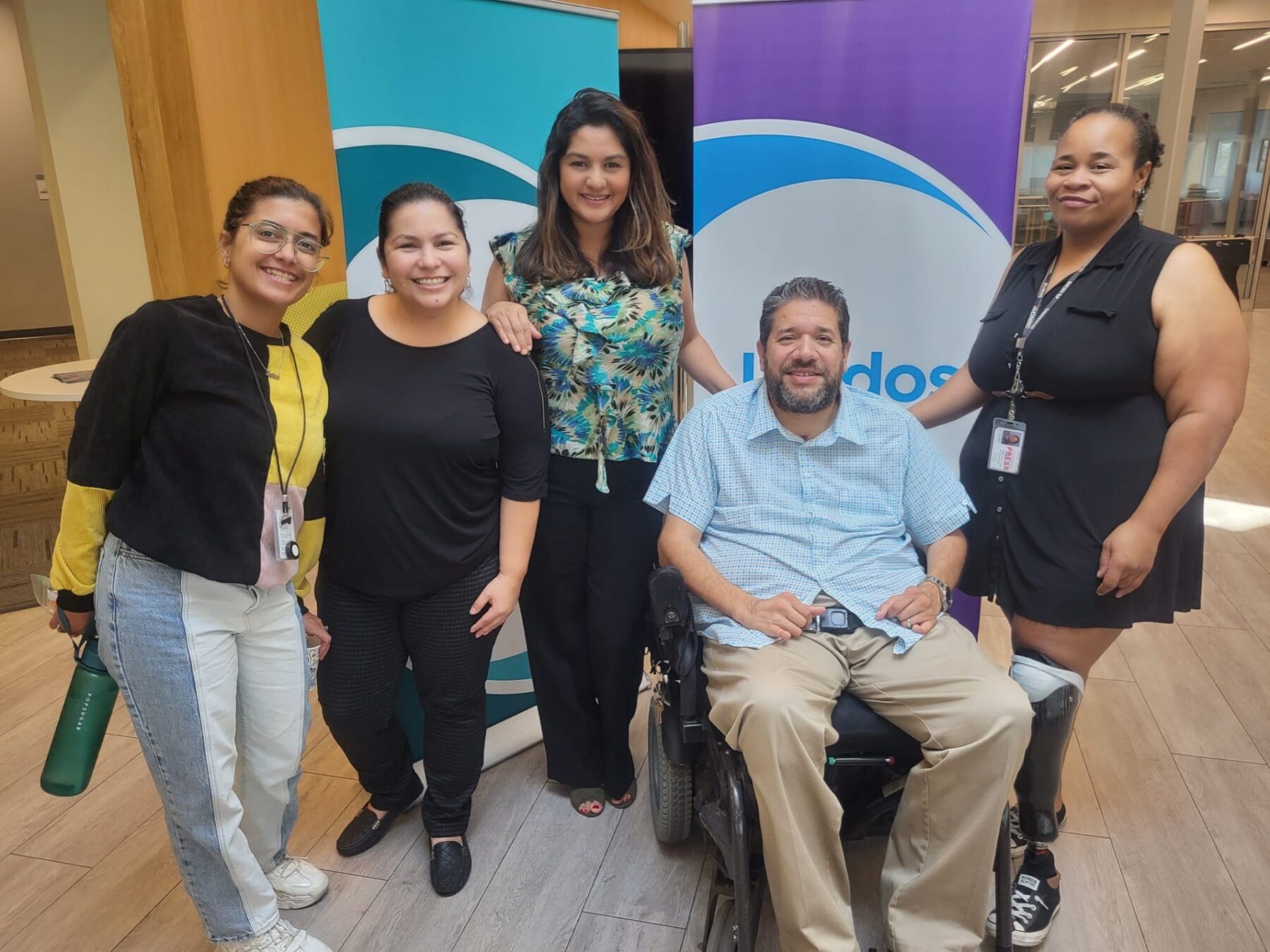
Inclusive reporting is something Lindsay Hood knows particularly well. Hood, assignment editor at NBC 7 and Telemundo 20 in San Diego, must consider an audience made up of residents on both sides of the U.S.-Mexico border. “While other stations might be just doing press conferences for one mayor, I have to worry about two mayors, two governors and two presidents,” she said.
Understanding the nuances of communities and people’s identities is not only a value she prioritizes in her work, but in her everyday life. She is Black, an athlete and a disability advocate. She was born with deformities on her legs and hands from amniotic band syndrome, which happens when parts of the amniotic sac cut off circulation to the fetus. When she’s powerlifting or doing CrossFit at the gym, she prefers that people ask about her disability instead of being awkward. “It makes you feel more included because they’re asking questions, not guessing,” she said.


She also has ADHD, which she sees as a superpower. When assigning reporters, “I’m helping them figure out who to talk to, what the questions might be,” said Hood, who is also the San Diego chapter lead for the MyAbilties employee resource group at NBCUniversal. “And then in the next minute, I am writing a story for the show, editing down the video and then turning around, bringing in other live shots.”
Below, Hood offers tips on how journalists can consider intersectional identities in their reporting and be more inclusive of disability issues and voices, no matter what they’re covering.
How to cover disability issues
“Nothing about us, without us,“ Hood advises journalists covering topics involving disabilities. “If you are doing a story about a disability, you need to include someone who has that particular disability,” she said. “It’s OK to ask a person questions about their disability — it is not OK to assume.”

One in 4 Americans lives with a disability, with 70% of disabilities being nonapparent, making it the largest minority group in the country. Hood says it’s important to share the spectrum of experience within the disability community. The pendulum of coverage should not swing to only show negative perspectives or “hero” stories. Finding authentic examples of everyday experiences is necessary, she said.
Language also matters in reporting. “One word can exclude someone, and one can include another,” Hood said. Lori Samuels, NBCUniversal senior director of accessibility, says it’s encouraged to use “disability” or “disabled” over euphemisms such as “different abilities,” “all abilities,” “special needs” or “varying abilities.” It’s best to avoid language like “suffers from,” “wheelchair-bound” and “inspiring” when covering stories related to disability. Individuals may also prefer either person-first language (“a person who is blind” or “people with disabilities”) or identity-first language (“disabled person”) in reference to their disability. It’s best to ask, and if you don’t know, lean toward person-first language.
How to incorporate disability voices
For her newsroom, Hood has created a diverse list of expert sources on many topics across communities. She includes disability organizations like the National Alliance on Mental Illness (NAMI) and Challenged Athletes Foundation, as well as people of color and bilingual individuals who can speak to intersectionality about a variety of issues. Even for stories that aren’t directly about disabilities, “make sure that you’re including people that are different from you [if you] are able-bodied,” Hood said. “You want to make sure that it’s as diverse as possible.”

When looking for, approaching or interviewing an expert on a disability, it’s important to speak with them directly and not look for someone who is “visibly able-bodied,” said Hood. Avoiding eye contact with someone with a disability and speaking instead to a person there to assist them is a common mistake. Also, ask in advance of an interview if a source has any accessibility needs you can provide, whether that’s access to a wheelchair or mobility device, an ASL interpreter, closed captions or questions being provided in advance.
Hood also emphasized the importance of doing research before interviews. For example, if you’re reporting on breast cancer, be aware of the different types of breast cancer before reaching out to an organization for an expert, she said. While local reporters can rely on a nationwide organization for a resource, it’s better to speak to a regional contact and find our specific information that will inform their audience.
Disability Resources for Journalists
• Disability Language Style Guide
• Mental Health – Media Guide
• Reporting on Suicide
• Tips for Interviewing People with Disabilities
• Disability and Ableism: An Introduction
List compiled by Lori Samuels, NBCUniversal senior director of accessibility, and Jenelle Bringer, Samuels and Apple creative producer and former Peacock TV creative operations senior project manager.


